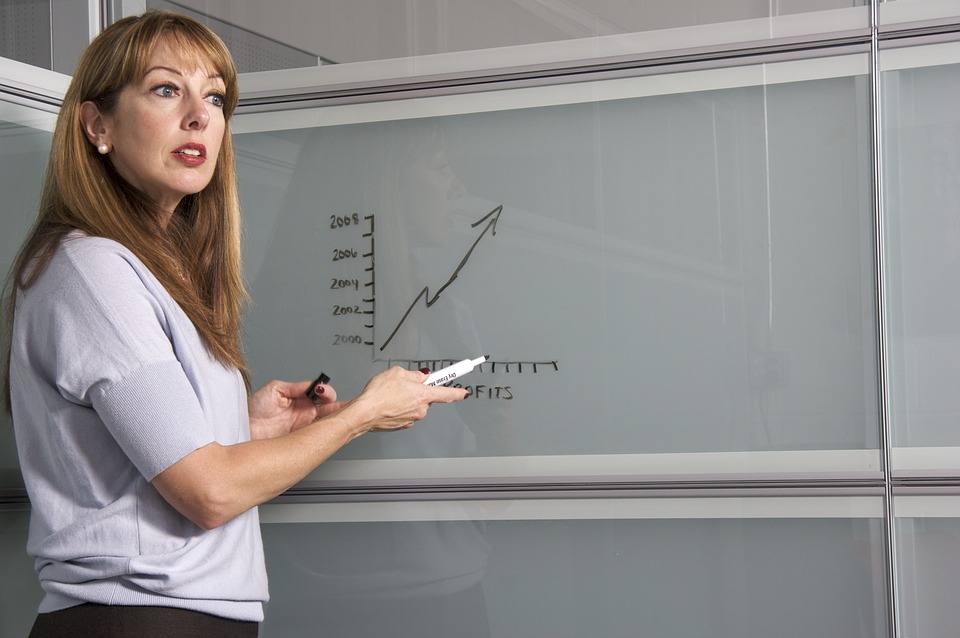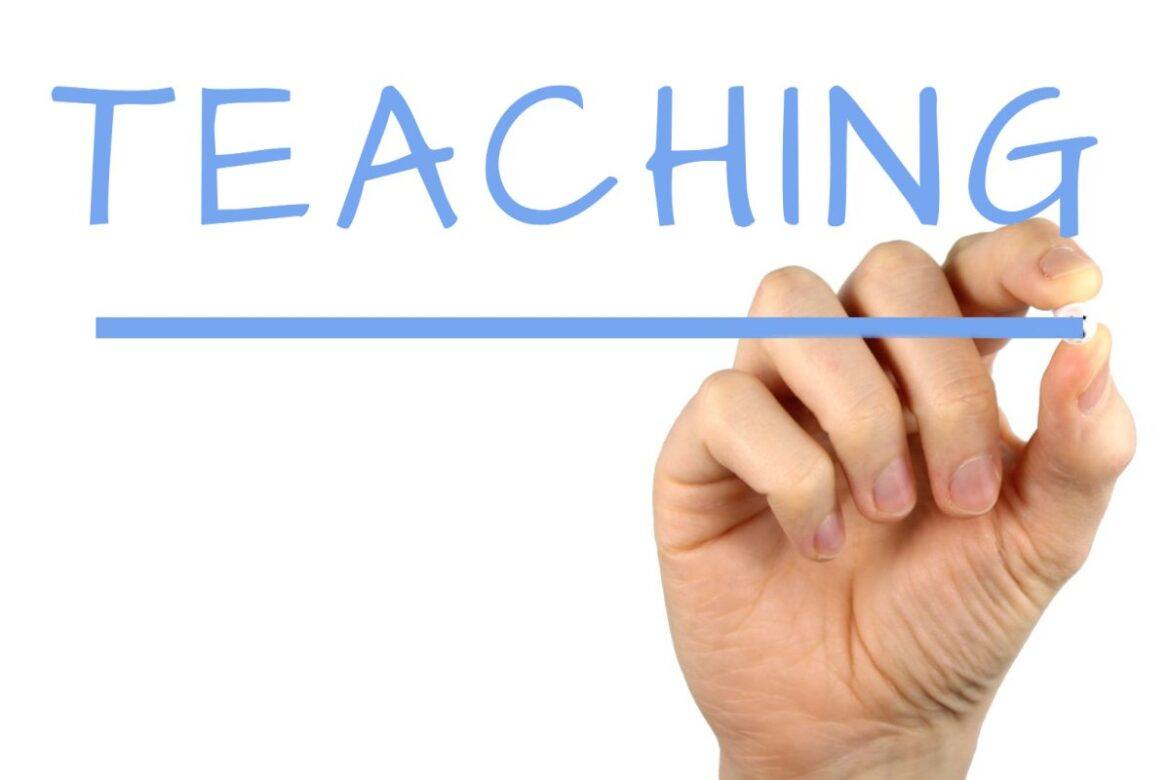Video coaching is a powerful, collaborative, and accessible process. It helps teachers truly reflect and improve upon their instructional practices, and takes professional learning to the next level.
For educators looking to design and implement a plan for using video coaching, the new book “Evidence of Practice: Playbook for Video-Powered Professional Learning” offers concrete guidance for recording and sharing classroom video. The book includes 12 essential video coaching strategies with detailed implementation guides—three of which are summarized below—that enrich the professional development process for teachers.
Classroom Tour
In Classroom Tour, teachers capture and upload a short video of their classroom and the systems in place. Teachers can highlight various aspects of their classroom environment in the video, such as the overall layout and aesthetics or how various learning spaces are organized.
Classroom Tours provide valuable insight into the thinking underlying the classroom structure. Using these videos, peers and coaches can provide teachers with immediate feedback and exchange ideas and suggestions.
Classroom Tours are a gentle, productive way to get teachers started with the video observation process and comfortable using the technology required to capture, upload, and share video. For this reason, they are recommended as one of the first video learning experiences to plan with teachers. Tours can also provide important context for coaches or peers who cannot visit the classroom in person, but will be supporting the teacher throughout the year.
Video Observation
 Video Observation moves traditional classroom observation to a virtual context. Teachers capture and share classroom footage and then work independently or with peers to improve their instructional practices.
Video Observation moves traditional classroom observation to a virtual context. Teachers capture and share classroom footage and then work independently or with peers to improve their instructional practices.
With Video Observation, the teacher and observer can see and analyze all or part of a lesson from the same perspective. They also have the ability to pause the video to think or rewind it to take a second look at a certain part of a lesson. Compared to an in-person observation, Video Observation affords more opportunities for teachers to actively participate in their own improvement. It also helps those who support teacher development to more quickly differentiate their follow-up support.
Longer-Range Reflection
This strategy involves teachers reviewing and comparing video of their instruction and related commentary over a period of time. This enables them to identify what they have learned, how they have grown, and what has contributed to that development.
Having an online archive of these videos gives teachers a rich library of evidence to choose from and examine. This evidence is important in helping teachers—whether new or seasoned—determine progress and identify lessons learned.
Administrators and coaches should choose which strategy or strategies to use based on their organization’s overall goals for teacher professional learning, as well as their teachers’ readiness for sharing and viewing videos with others. Being strategic and purpose-driven in choosing which strategies to implement will help teachers reap the full benefits of video-driven professional learning.
Interested to learn more about video-powered PD? Read this post Q & A with Jim Knight on the TechNotes Blog.
Adam Geller is the founder and CEO of Edthena, a video coaching platform for teacher development. A former classroom teacher, he is also the author of “Evidence of Practice: Playbook for Video-Powered Professional Learning,” which helps school leaders make and implement a plan for how to best use video-powered professional learning with teacher.

